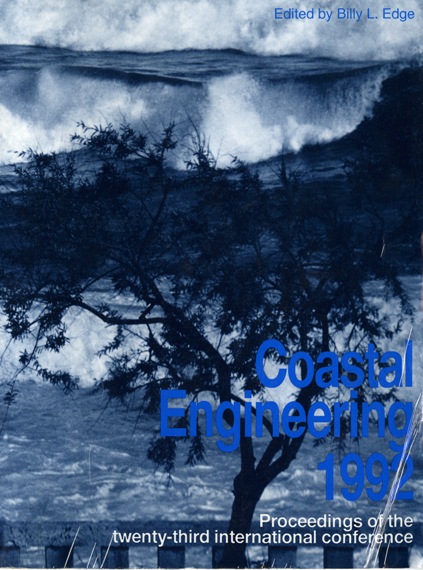Abstract
Two sophisticated research models, previously used and validated in internal flows, are now applied to sediment laden flows: they give a thorough insight into the vertical distribution of sediment concentration, flow-sediment interaction, stratification and inhibition of vertical mixing. The Reynolds stress model is well adapted to investigate stratification due to density effects: it gives information on turbulent fluxes of momentum and concentration, eddy diffusivity and eddy viscosity profiles, reduction of the bottom shear stress due to the presence of sediment. Results show that suspended sediments affect turbulence even at low concentrations of lg/1. A dimensional analysis seems to indicate that these stratification effects are not well accounted for in laboratory experiments. The two-phase flow model enables to describe the vertical profile of sediment in its continuity, from the water surface down to/through the bed, without any definition of the bed water interface. Cohesive sediment processes such as deposition, erosion or consolidation are treated as flow-particles interactions: thus, the model helps in identifying the governing parameters -floe size and density, effective stress- and does not require the classical empirical laws commonly used to describe these processes.
Authors retain copyright and grant the Proceedings right of first publication with the work simultaneously licensed under a Creative Commons Attribution License that allows others to share the work with an acknowledgement of the work's authorship and initial publication in this Proceedings.

